CAM System Simplifies Swiss-Type Lathe Programming
To reduce setup times, this medical device manufacturer replaced its conventional CNC turning and milling machines with Swiss-type lathes. However, taking full advantage of these complex machines’ capabilities required another investment—Esprit CAM software from DP technology.
Share





Solving one problem sometimes leads to other, unexpected challenges. Medical device maker Biomet Sports Medicine experienced this domino effect first-hand when it moved operations from conventional CNC milling and turning centers to Swiss-type lathes. While the switch eliminated the need for multiple setups on multiple machines, programming difficulties prohibited the company from taking full advantage of their capabilities.
That is, until Biomet invested in Esprit CAM software from DP Technology (Camarillo, California). The new CAM system has eased programming to the point where the company has reduced cycle times on most parts by at least 50 percent. “Esprit makes it easy to move operations from spindle to spindle and then evaluate the resulting machine performance,” says David Fransden, machine shop lead. “Also, the ability to visualize machining operations helps avoid crashes and gives us ideas for improving the process.”
Biomet Sports Medicine, a subsidiary of Biomet Inc., offers more than 3,000 products for the $1.2 billion worldwide arthroscopy market. Specifically, the company focuses on technique-specific devices for anterior cruciate ligament (ACL) reconstruction and arthroscopic shoulder repairs. Products include rotator cuff and labral repair implants, both of which are available in a range of designs, materials, sizes and suture configurations. The company also offers a range of instruments for placing and securing sutures. Manufacturing operations for these devices are located in Ontario, California, where Mr. Fransden works. Capital equipment is manufactured at another facility in Redding, California, and the company is headquartered in Warsaw, Indiana.
Mr. Fransden cites the manufacturing process for a typical suturing device as an example of why the company endeavored to implement Swiss-types. This particular part once required three setups on a machining center as well as wire EDM operations to cut the profile. Moreover, finishing required deburring by hand. Now, the part is produced in a single setup via milling interpolation on a Swiss-type’s C axis, a process that eliminates the need for hand deburring. As a result, the company has saved $40,000 per year. “We can now produce the entire part in less time than it previously took just to wire-EDM the profile,” Mr. Fransden says.
However, the very attributes that make Swiss-types advantageous created programming difficulties when the machines were first installed. Consider the new process for the aforementioned suturing device. After drilling a face and contouring the profile, the machine employs a corner-rounding end mill to break the edge. It then transfers the part to the subspindle to machine the back side. While this process is more efficient, it’s also more complex.
In fact, with multiple milled and turned faces, a typical part produced at Biomet might require writing three CNC programs to control as many as nine machine axes. These programs are linked together through sync codes, wait codes and queuing commands, which coordinate the motion of the machine’s multiple axes and enable operations to run together or independently. Programmers were used to manually writing G code for turning and milling machines, but this method constrained the company’s ability to take advantage of the Swiss-types’ benefits.
That’s because the new machines offer more options for how to machine a part, and the way programs coordinate different operations has a major impact on cycle time. After identifying a method—which involves considerations ranging from determining whether to hold a part in the guide bushing or subspindle to evaluating the merits of thread milling versus single-point threading tools—programmers must determine how the cycle will flow. This also involves careful consideration of a number of factors, Mr. Fransden explains. “Should the main spindle and subspindle work simultaneously? Should we perform turning and drilling on the main spindle and a secondary operation on the subspindle at the same time? These decisions are important because if one spindle finishes first, it sits idle waiting for the other one to catch up. Using manual programming, we could only guess at which method would be more efficient.”
With Esprit CAM software, the company has the tools it needs to make intelligent decisions and get the most out of the Swiss-types, he says. “With just a few mouse clicks, we can reorder operations, move them from one spindle to another and sync them so they start at the same time.”
He cites a new process he developed for a suture anchor as an example of these benefits. With a sharp point at one end and a small diameter at the other, the part requires turning, grooving and back turning, as well as milling interpolation for the eyelet oval pocket where the suture attaches. Although the previous process produced quality parts, setups were long and difficult and tool life suffered, Mr. Fransden says.
In the new process, the pointed end of the part is machined first. The narrow point prohibited the subspindle from gripping the component at this end, so he equipped it with a basket to catch the suture anchor after cut-off from the barstock. This approach usually leaves a nub on the back side of the part where the cut-off operation occurs, but he avoided that problem by employing a live face-milling tool to cut almost all the way through, and then using a parting tool to separate the component. As a result, cycle time dropped from six minutes to one.
Considering the inherent complexity of Swiss-type operations, the software’s simulation features are especially useful for machining with confidence, Mr. Fransden says. In fact, the ability to simulate the cycle is key to successful programming of some parts. One example is a cam-driven bone-drilling bit made of 465 stainless steel that measures 0.078 inch in diameter and 0.112-inch long. By the time Mr. Fransden took over the project, one programmer had struggled for three months to program the part manually using G code. With Esprit, Mr. Fransden was able to go from a solid model to a good part in only a couple of days.
“The part and the tools are small, so it was difficult to visualize what was going on,” he explains. “A little turned shoulder past the cutting edge is particularly troublesome. If a lead-in or lead-out is a thousandth of an inch or two off, the tool will gouge that shoulder. I tried different lead-in and lead-out angles and zoomed in on the simulation to make sure there was enough clearance.”
Another time-saving feature is the Esprit NX reader, an add-on that reads files from Siemens PLM’s NX CAD software without the need to convert them. Drawings are simply stored on the network and pulled up when needed. Programmers also take advantage of the ability to save tool information in the software’s tool library, from which it can be dropped easily into future programs. In the future, the company plans to invest in Esprit’s knowledgebase, which automatically applies saved machining operations to features.
“Multifunction machines provide the potential for substantial productivity improvements, but they require substantially more complex programs,” Mr. Fransden concludes. “Esprit helps us take full advantage of these machines’ capabilities.”
Related Content
Can ChatGPT Create Usable G-Code Programs?
Since its debut in late 2022, ChatGPT has been used in many situations, from writing stories to writing code, including G-code. But is it useful to shops? We asked a CAM expert for his thoughts.
Read MoreERP Provides Smooth Pathway to Data Security
With the CMMC data security standards looming, machine shops serving the defense industry can turn to ERP to keep business moving.
Read MoreHow this Job Shop Grew Capacity Without Expanding Footprint
This shop relies on digital solutions to grow their manufacturing business. With this approach, W.A. Pfeiffer has achieved seamless end-to-end connectivity, shorter lead times and increased throughput.
Read MoreThe Power of Practical Demonstrations and Projects
Practical work has served Bridgerland Technical College both in preparing its current students for manufacturing jobs and in appealing to new generations of potential machinists.
Read MoreRead Next
Registration Now Open for the Precision Machining Technology Show (PMTS) 2025
The precision machining industry’s premier event returns to Cleveland, OH, April 1-3.
Read MoreSetting Up the Building Blocks for a Digital Factory
Woodward Inc. spent over a year developing an API to connect machines to its digital factory. Caron Engineering’s MiConnect has cut most of this process while also granting the shop greater access to machine information.
Read MoreBuilding Out a Foundation for Student Machinists
Autodesk and Haas have teamed up to produce an introductory course for students that covers the basics of CAD, CAM and CNC while providing them with a portfolio part.
Read More
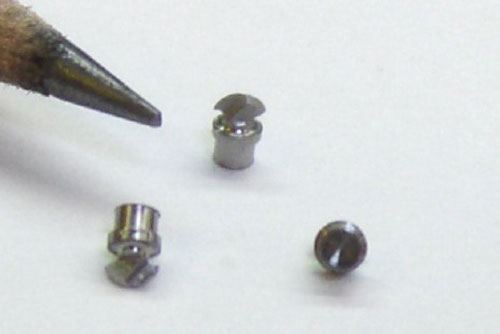
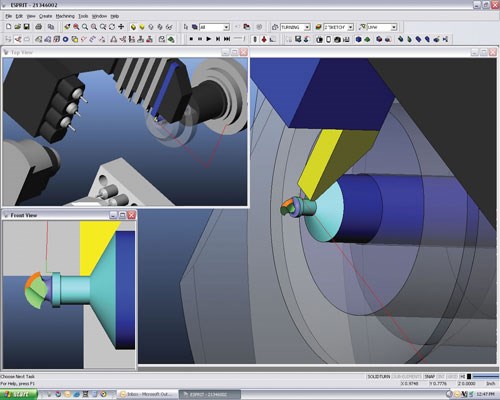
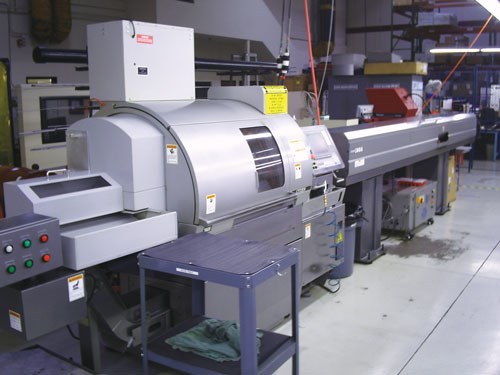
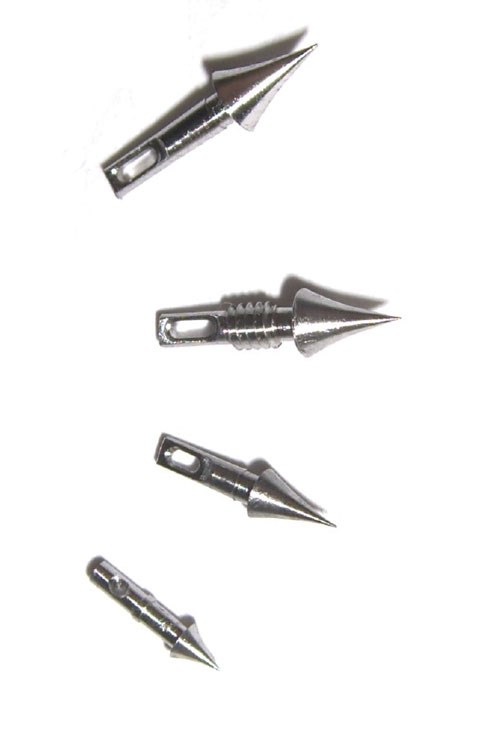
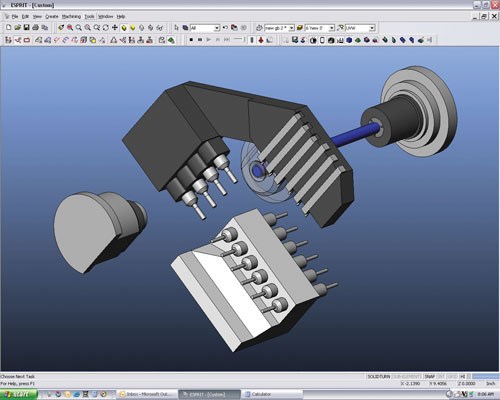





















.jpg;maxWidth=300;quality=90)














